Contents
- Reusable AI Patterns Transforming Every Industry
- A blueprint to navigate the understanding how GenAI is redefining every industry
- Introduction
- Part 1: The Industry Verticals — AI in the Wild
- Business & Finance
- Consumer & Services
- Tech & Infrastructure
- Public & Social
- Part 2: The Horizontals — The AI Toolkit for Every Company
- Part 3: The Blueprint — Connecting the Dots with Reusable Patterns
- Conclusion

The Continent of Generative AI (Image by Author).
Reusable AI Patterns Transforming Every Industry
| |
|
A blueprint to navigate the understanding how GenAI is redefining every industry
TL;DR
This article presents a strategic blueprint for understanding the business impact of Generative AI, arguing that its true power lies not in isolated, industry-specific solutions, but in a set of powerful, reusable patterns that apply across all sectors.
We need to move beyond a fragmented view of AI use cases (“islands”) to reveal a connected “continent” of capabilities. This analysis is broken into three parts:
- Industry Verticals: It details specific, high-value GenAI applications across 15 distinct industries, grouped into four major sectors: Business & Finance, Consumer & Services, Tech & Infrastructure, and Public & Social.
- Horizontal Functions: It identifies evergreen use cases for core business departments present in every company, including HR, Sales & Marketing, IT & Cybersecurity, and Finance.
- Reusable Patterns: The core thesis is distilled into six foundational AI patterns that connect all the preceding examples: Synthetic Data Generation, Hyper-Personalization, Complex Information Synthesis, Conversational Interfaces, Simulation & Digital Twins, and Advanced Content Generation.
Introduction
The current Generative AI landscape feels like an old, unfinished map of the world — chaotic, exciting, with huge sections marked “Here be dragons.” For the past couple of years, we’ve been exploring it one small island at a time, drawing detailed charts of “Insurance Island” or the “Retail Archipelago,” treating each as a separate world.
But after traveling this landscape for a while, you start to see the bigger picture. You notice the deep ocean currents — the powerful, underlying patterns — that connect all these separate landmasses. You realize it’s not a scattered collection of islands at all; it’s one vast, interconnected continent.
This post is my first draft of a new map. It’s a cartographer’s attempt to chart that continent, to trace the currents of core AI capabilities like “Simulation” and “Synthesis” as they flow from one industry to the next. It’s a blueprint meant not as a final, definitive guide, but as a new way to navigate this transformative era — by seeing the whole, connected world at once.

Figure 1: The Continent of Generative AI (Image by Author).
Part 1: The Industry Verticals — AI in the Wild
Every industry speaks its own language, but the core business challenges? They’re surprisingly universal. Here’s a detailed look at how GenAI is providing solutions, grouped by their broader economic sector.
Business & Finance
This sector runs on data, risk, and complex contracts. GenAI isn’t just helping; it’s becoming the new backbone for intelligence and automation.
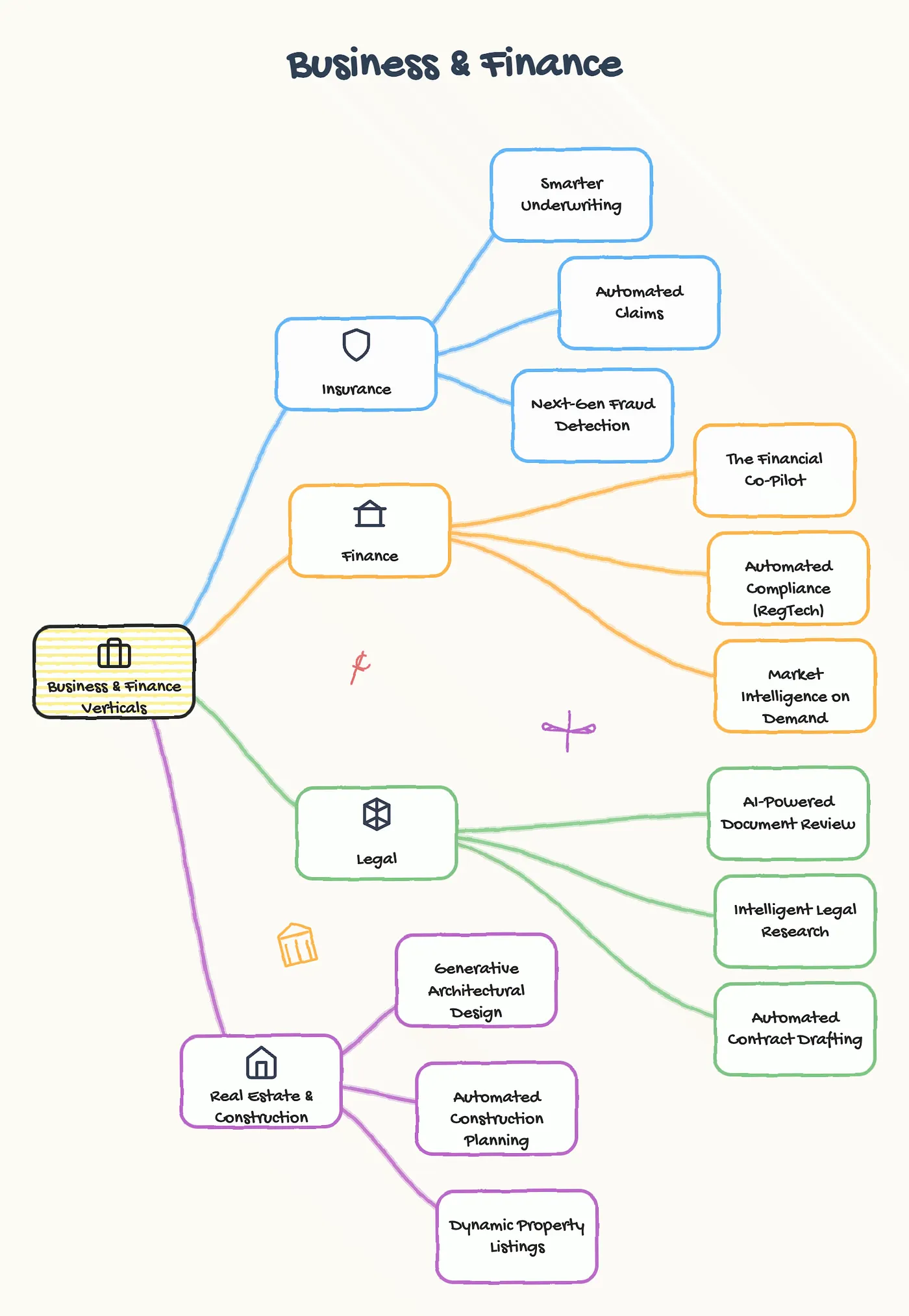
Figure 2: Business & Finance (Image by Author).
Insurance: Intelligence in Risk, Claims, and Customer Experience
The entire insurance lifecycle, from underwriting to claims, is a complex dance of data. GenAI is finally turning that complexity into a competitive advantage.
- Smarter Underwriting: It used to take days. Now, AI models generate dynamic risk assessments by digesting unstructured data like property reports and climate models, creating hyper-personalized policies in minutes.
- Automated Claims: We’re way beyond simple data extraction. GenAI can summarize messy claim narratives, analyze a photo of car damage, and draft empathetic, clear updates to keep policyholders in the loop.
- Next-Gen Fraud Detection: The real game-changer is generating synthetic data of novel fraud schemes. This lets us train models to catch sophisticated criminals before they strike.
- Proactive Engagement: Instead of just sending a bill, AI creates personalized outreach for renewals and safety recommendations (like weather alerts for homeowners), turning insurers into proactive partners.
Finance: Securing Transactions and Personalizing Advice
Financial institutions are walking a tightrope: lock down security on one side, and deliver hyper-personalized services on the other. GenAI is the key to doing both at scale.
- The Financial Co-Pilot: AI can now act as a personal financial guide for every single customer, analyzing spending habits and life goals to generate tailored investment strategies and debt-reduction plans. It’s a level of service once reserved for the ultra-wealthy.
- Automated Compliance (RegTech): Compliance has historically been a domain defined by high-volume, repetitive manual tasks. GenAI is systematically automating these workflows. This includes interpreting new regulations, automating KYC and AML checks, and powering the next generation of surveillance. For trading firms, it can analyze billions of communications (chats, emails, calls) to flag market abuse with a deep understanding of nuance and context, far surpassing legacy keyword systems.
- Market Intelligence on Demand: Imagine summarizing thousands of earnings reports and news articles into a single, actionable paragraph. That’s no longer a dream; it’s a daily reality for investment professionals.
Legal: Augmenting Expertise and Automating Discovery
Anyone in the legal field knows that a huge chunk of time is lost to a mountain of documents. GenAI is giving lawyers their time back.
- AI-Powered Document Review (e-Discovery): Drastically accelerate the review of thousands of documents in litigation, letting AI do the first pass of summarizing and flagging relevant clauses.
- Intelligent Legal Research: Think of it as a research assistant that understands plain English, summarizing case law and analyzing statutes in seconds.
- Automated Contract Drafting & Analysis: Generate standardized contracts and, more importantly, analyze incoming third-party contracts to instantly identify risks and non-standard clauses.
Real Estate & Construction: From Smart Design to Efficient Management
The building lifecycle, from a sketch to a finished building, is notoriously complex and prone to delays.
- Generative Architectural Design: This is where it gets fun. Architects can input constraints like plot size, budget, and local codes, and the AI will generate multiple optimized floor plans and 3D models.
- Automated Construction Planning: AI can analyze project plans and daily site reports to spot potential delays and safety risks before they become costly problems, generating smarter schedules.
- Dynamic Property Listings & Virtual Staging: Automatically generate compelling property listings and use image models to virtually stage empty rooms, helping buyers see the potential.
Consumer & Services
This is the world of customer experience, logistics, and content. Here, GenAI is making every interaction more personal, efficient, and engaging.
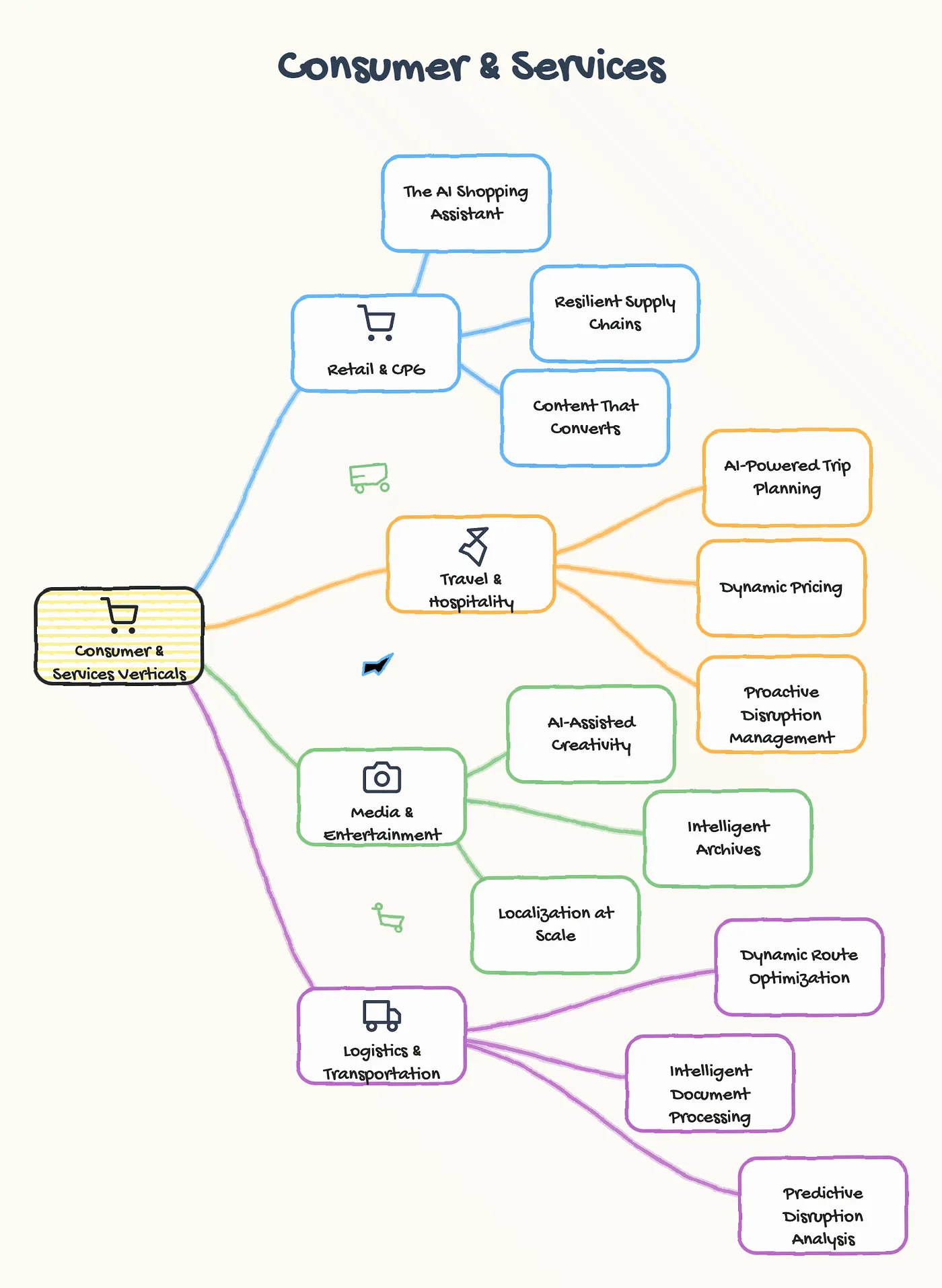
Figure 3: Consumer & Services (Image by Author).
Retail & CPG: The End of One-Size-Fits-All Shopping
Retailers are in a constant battle to create amazing customer experiences while managing fragile global supply chains. GenAI is the force multiplier for both.
- The AI Shopping Assistant: These aren’t your old, clunky chatbots. Sophisticated AI now acts as an expert personal shopper, guiding customers through product discovery with real-time styling advice.
- Resilient Supply Chains: What if you could simulate the future? By modeling market scenarios — like competitor promotions or shipping disruptions — GenAI creates stunningly accurate demand forecasts and helps businesses sidestep bottlenecks.
- Content That Converts: AI generates unique product descriptions, marketing emails, and even “virtual try-on” experiences tailored to an individual’s tastes.
- Optimized Store Layouts: AI can generate optimal product placements based on sales data and customer flow patterns to maximize every square foot of retail space.
Travel & Hospitality: Crafting Perfect Trips and Seamless Experiences
This industry is all about creating memorable experiences. That means managing dynamic pricing, complex logistics, and real-time disruptions without a hitch.
- AI-Powered Trip Planning: It’s like having an intelligent travel agent on call 24/7. AI can generate complete, personalized itineraries from vague prompts like “a relaxing beach vacation in Southeast Asia for under $2000.”
- Dynamic Pricing and Revenue Management: Generate sophisticated pricing models that adjust in real-time based on demand, competitor rates, and local events.
- Proactive Disruption Management: AI can monitor for flight delays and weather events, then proactively generate and offer solutions to affected travelers before they even think to complain.
Media & Entertainment: Scaling Content and Personalizing Discovery
The pressure is relentless: create a firehose of engaging content while helping consumers find the gems in a sea of choices.
- AI-Assisted Creativity: AI is becoming a creative partner, augmenting human talent by generating script ideas, concept art, and background music. It can even create trailers and highlights from long-form video automatically.
- Intelligent Archives: Imagine making your entire content library instantly searchable. AI automates the transcription, translation, and metadata tagging, readying it for monetization.
- Localization at Scale: Automatically generate high-quality subtitles and even synthetic voice dubs in dozens of languages, opening up global markets faster than ever before.
Logistics & Transportation: Optimizing Flow and Enhancing Visibility
This industry operates on razor-thin margins and is vulnerable to the slightest disruption. Optimization isn’t a goal; it’s a survival mechanism.
- Dynamic Route & Network Optimization: Generate and simulate thousands of potential routing options in real-time, factoring in traffic, weather, and fuel costs to find the absolute best path.
- Intelligent Document Processing: Automate the tedious and error-prone data extraction from critical documents like Bills of Lading and customs forms.
- Predictive Disruption Analysis: Generate simulations of potential supply chain shocks (like port closures) and recommend proactive rerouting and contingency plans.
Tech & Infrastructure
This category covers the physical world — from factories to the energy grid. GenAI is creating more efficient, resilient, and innovative physical products and systems.
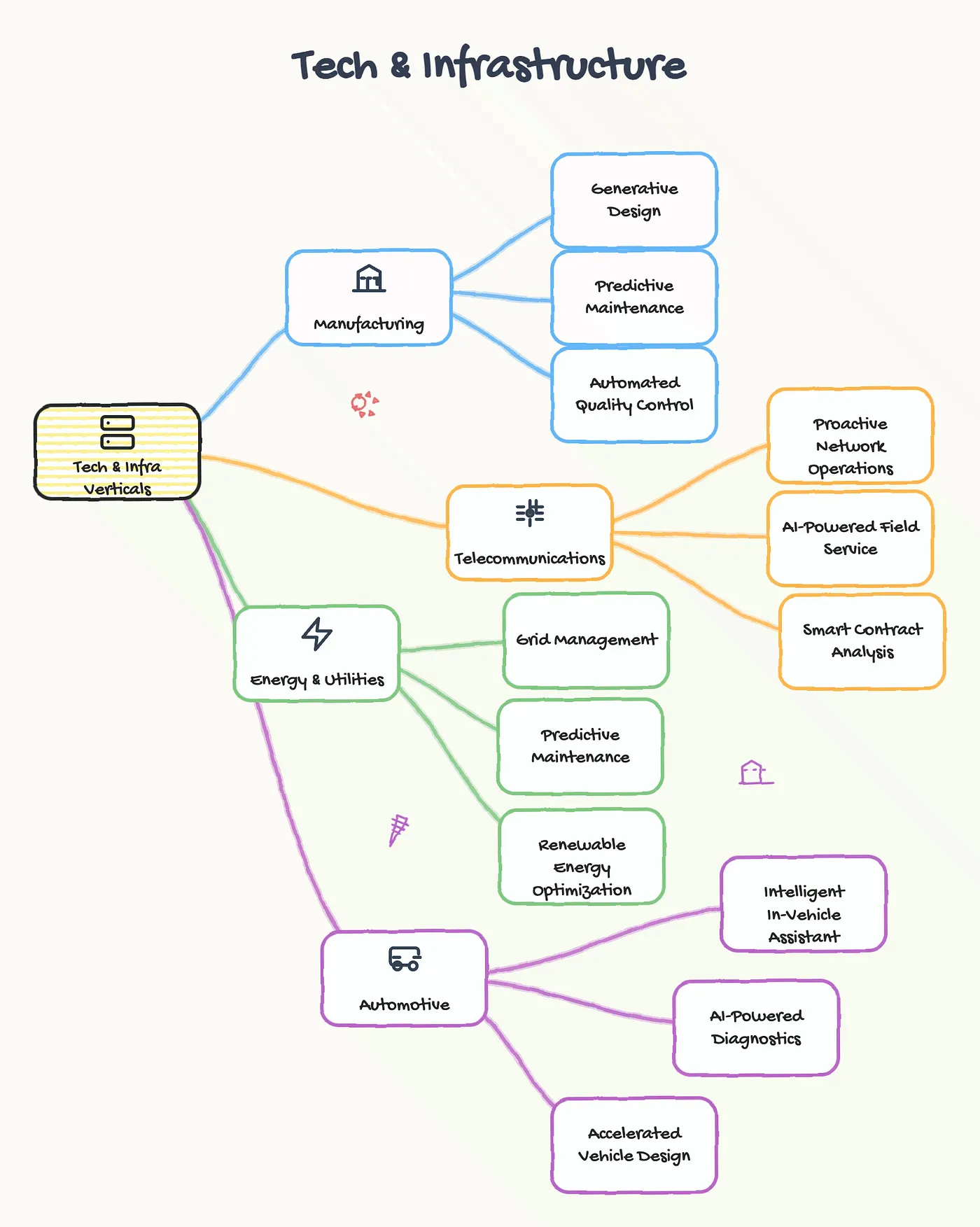
Figure 4: Tech & Infrastructure (Image by Author).
Manufacturing: Designing the Future, Optimizing the Present
Manufacturers have to constantly innovate while maximizing the efficiency and uptime of their multi-million dollar production lines.
- Generative Design: This is mind-bending stuff. Engineers define a product’s requirements — weight, materials, cost — and AI generates thousands of optimized designs, creating forms a human would never have imagined.
- Predictive Maintenance on Steroids: By generating synthetic sensor data that mimics rare machine failures, we can train AI models to predict breakdowns with uncanny accuracy.
- Automated Quality Control: AI analyzes images from the production line to spot microscopic defects in real-time and generate alerts with probable causes.
Telecommunications: Optimizing Networks, Retaining Customers
In a saturated market, preventing customer churn and providing effective technical support are everything for Telcos.
- Proactive Network Operations: AI can simulate network traffic to predict congestion and optimize capacity, while predictive models anticipate hardware failures in cell towers before they go down.
- AI-Powered Field Service: Give technicians a “co-pilot” that understands technical manuals, helping them troubleshoot complex issues in the field and dramatically improving first-time fix rates.
- Smart Contract Analysis: Automatically summarize complex B2B service contracts and SLAs. For all customers, AI can analyze bills and resolve discrepancies instantly.
Energy & Utilities: Balancing the Grid and Ensuring Safety
Energy providers have to ensure grid stability amidst fluctuating demand and the rise of renewables, all while maintaining vast, critical infrastructure.
- Grid Management & Load Forecasting: Generate highly accurate simulations of energy demand by factoring in weather and economic indicators, allowing for optimized energy production and preventing outages.
- Predictive Maintenance for Infrastructure: Analyze data from drones, sensors, and satellite imagery to predict failures in turbines, transformers, and pipelines before they become critical.
- Renewable Energy Optimization: Generate precise forecasts for wind and solar output to create optimal strategies for battery storage and release, maximizing the value of every electron.
Automotive: Redefining the In-Vehicle Experience and Service Lifecycle
The industry is transforming towards electric, connected, and autonomous vehicles, with a new focus on the digital experience and post-sales service.
- Intelligent In-Vehicle Assistant: Create a conversational co-pilot that can control vehicle settings, plan complex routes with charging stops, and provide a truly rich infotainment experience.
- AI-Powered Diagnostics & Service: Empower service technicians with a GenAI model that understands vehicle sensor data and service manuals, providing step-by-step repair instructions.
- Accelerated Vehicle Design: Use generative design to create and test thousands of aerodynamic body shapes and lightweight chassis designs in a fraction of the time.
Public & Social
These verticals are focused on society’s well-being, from our health to our education. GenAI’s role here is to augment human experts and broaden access to critical services.
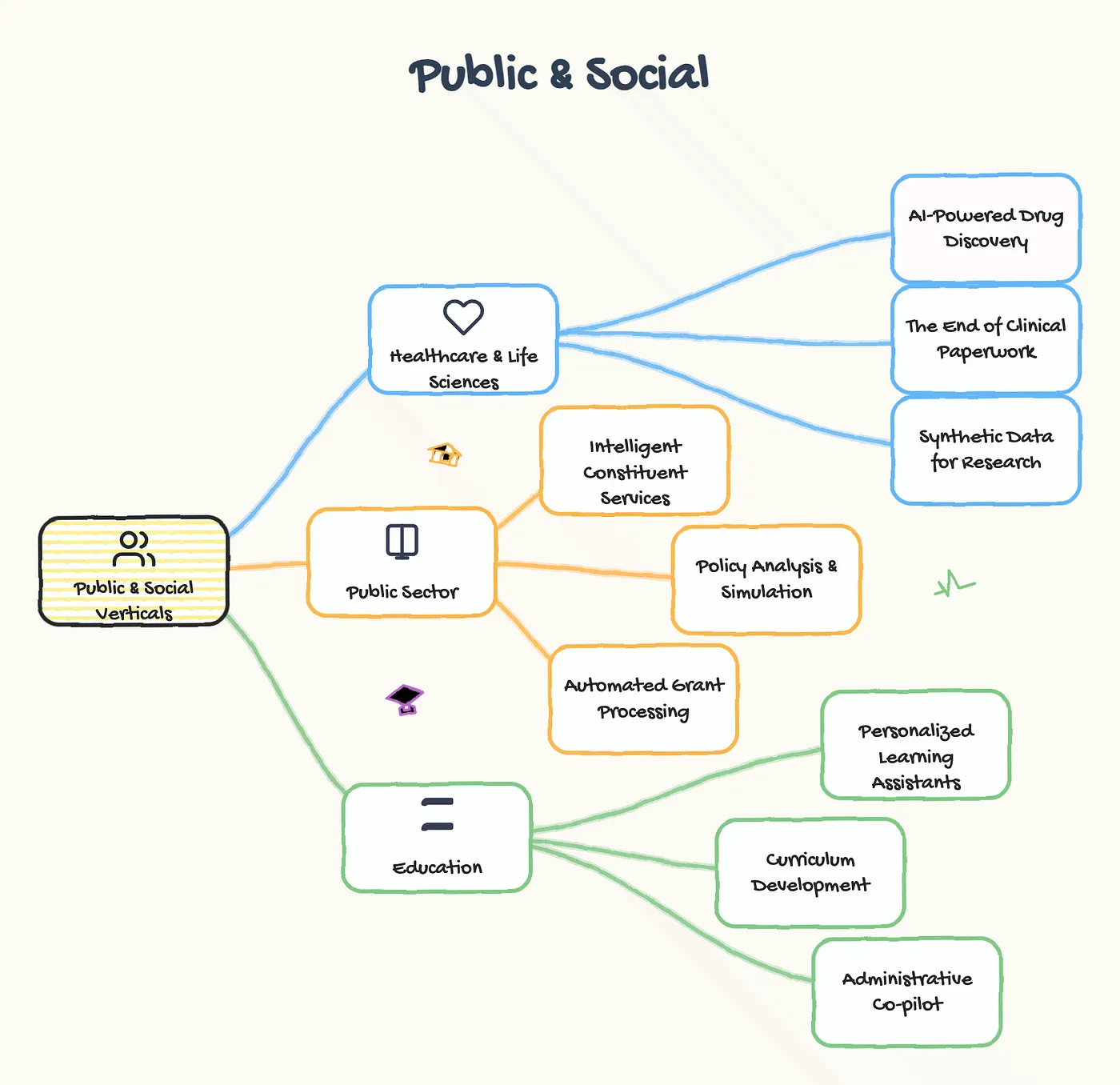
Figure 5: Public & Social (Image by Author).
Healthcare & Life Sciences: Accelerating Discovery, Easing Burnout
Healthcare is drowning in data, and clinicians are burning out from administrative overload. GenAI is a lifeline, accelerating research and giving doctors more time with patients.
- AI-Powered Drug Discovery: Researchers can now generate and test novel molecular structures in a simulation, dramatically shortening the early, expensive phases of drug development.
- The End of Clinical Paperwork: This is the big one for doctors. AI can now listen to a patient conversation and automatically generate structured clinical notes directly into the EHR, fighting clinician burnout.
- On-Demand Medical History: Upon admission, AI can give clinicians a rapid, summarized overview of a patient’s entire medical history, ensuring better, faster care.
- Synthetic Data for Research: AI can create synthetic medical images and patient data to train diagnostic models without compromising patient privacy — a huge deal for studying rare diseases.
Public Sector: Enhancing Citizen Services and Operational Efficiency
Government agencies have to deliver a vast range of services, often with tight budgets and legacy systems.
- Intelligent Constituent Services: Create conversational AI agents that give citizens 24/7 access to information about services, benefits, and regulations, answering their questions instantly.
- Policy Analysis & Simulation: Summarize and analyze proposed legislation and public commentary to help policymakers understand potential impacts before a bill becomes law.
- Automated Grant and Permit Processing: Streamline the application process by having GenAI read and validate documents, checking for compliance and slashing backlogs.
Education: Personalizing Learning and Streamlining Administration
Educators want to provide personalized learning for every student but are often swamped by large class sizes and administrative work.
- Personalized Learning Assistants: Create AI tutors that adapt to each student’s learning pace and style, generating customized practice problems and study guides to help them master any subject.
- Curriculum & Content Development: Assist educators by generating fresh lesson plans, classroom activities, and assessment questions aligned with curriculum standards.
- Administrative Co-pilot: Automate the thankless tasks, like generating school newsletters, meeting summaries, and parent-teacher communications.
Part 2: The Horizontals — The AI Toolkit for Every Company
Beyond specific industries, every single company has core business functions. Building reusable GenAI assets for these “horizontals” is one of the fastest ways to scale value across an organization.
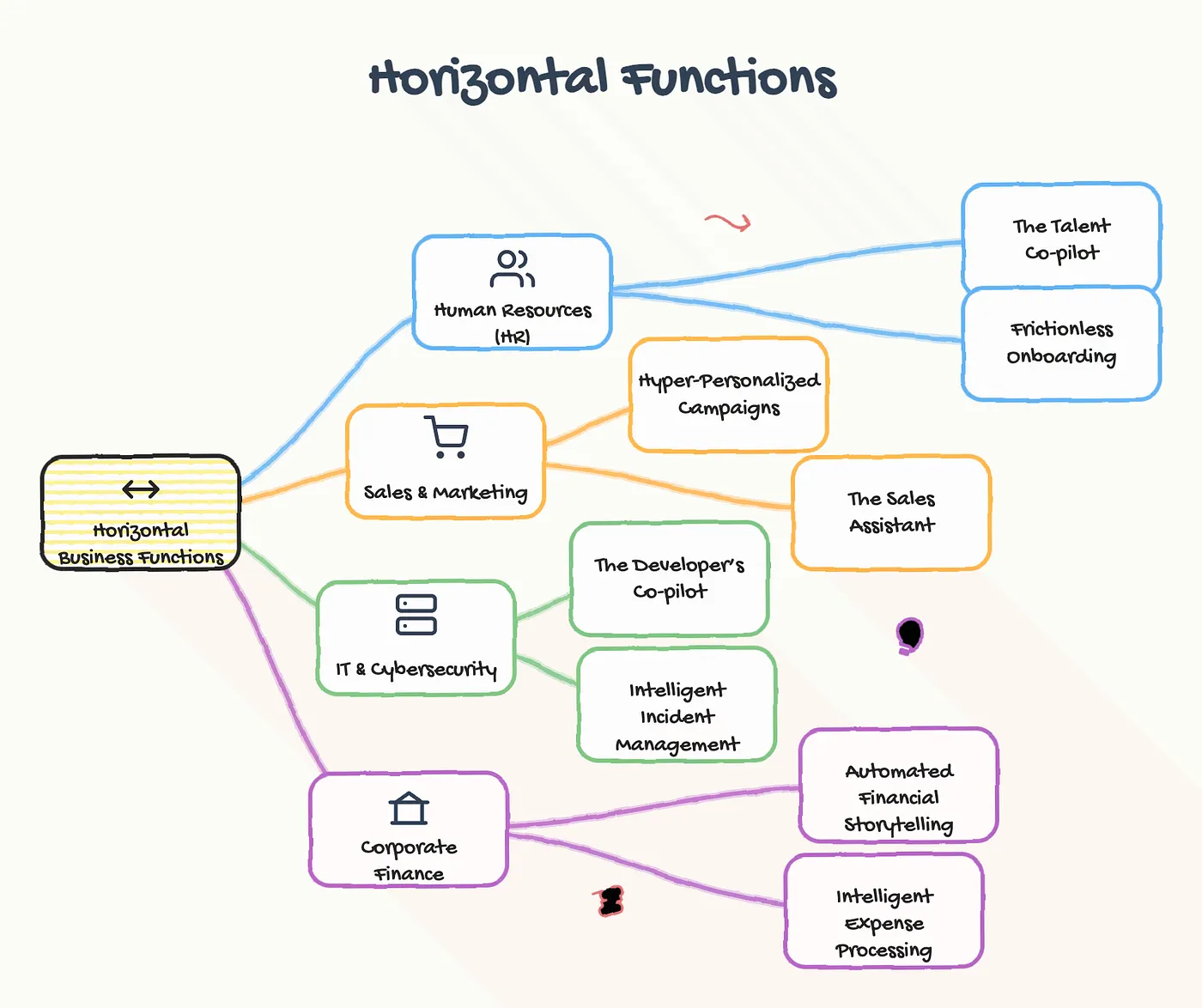
Figure 6: Horizontal Functions (Image by Author).
Human Resources (HR)
AI is giving HR teams superpowers, letting them move from administrative tasks to strategic talent management.
- The Talent Co-pilot: Generate tailored job descriptions, screen resumes, and create personalized interview questions to find the perfect candidate faster.
- Frictionless Onboarding: Power a 24/7 HR chatbot to answer new hires’ questions about benefits and policies, freeing up the HR team to focus on the human connection.
- Engagement & Development: Analyze employee feedback surveys to generate summaries of sentiment and create personalized learning paths for career growth.
Sales & Marketing
The days of spray-and-pray marketing are over. GenAI allows for true one-to-one communication, at scale.
- Hyper-Personalized Campaigns: Generate thousands of variations of ad copy and email campaigns tailored to individual customer segments and their specific needs.
- The Sales Assistant: Prepare sales teams for every meeting by having AI summarize a prospect’s company news, industry trends, and past interactions.
- AI-Driven Content Strategy: Analyze market trends and competitor activities to generate sharp ideas for blog posts, white papers, and other marketing content.
IT & Cybersecurity
IT departments are using AI to build faster, manage complexity, and stay one step ahead of threats.
- The Developer’s Co-pilot: Generate boilerplate code, suggest optimizations, and even translate code between programming languages. It’s a massive productivity boost.
- Intelligent Incident Management: Analyze system logs to instantly summarize incidents, identify the likely root cause, and suggest remediation steps.
- Threat Intelligence & Simulation: Summarize the latest threat intelligence reports and generate security recommendations. Even better, simulate phishing attacks to train employees.
Corporate Finance & Accounting
AI is automating the tedious parts of finance, allowing teams to become more strategic advisors to the business.
- Automated Financial Storytelling: Connect to financial systems and automatically generate narrative summaries for quarterly reports, explaining key trends and variances in plain English.
- Intelligent Expense Processing: Automate data extraction from invoices and receipts, categorize expenses, and check for policy compliance.
- The FP&A Co-pilot: Assist analysts by generating financial models and running scenario analyses based on simple, natural language prompts.
Part 3: The Blueprint — Connecting the Dots with Reusable Patterns
This is where it all comes together. When you zoom out from the map, you see that these dozens of use cases are all powered by a handful of foundational AI patterns. Master these, and you can build for any industry. This is the blueprint for a truly reusable AI strategy.

Figure 7: The Complete Landscape (Image by Author).
Pattern 1: Synthetic Data Generation
The key to robust Fraud Detection (Finance), accurate Predictive Maintenance (Manufacturing), and privacy-preserving Medical Training (Healthcare).
Pattern 2: Hyper-Personalization
The engine connecting Retail (shopping assistants), Finance (financial co-pilots), Travel (trip planning), and Marketing (campaigns).
Pattern 3: Complex Information Synthesis
The ability to distill vast, unstructured data into insights. It powers Market Intelligence (Finance), Clinical Summarization (Healthcare), and Legal Research (Legal).
Pattern 4: Conversational Interfaces
The universal human-AI interaction layer. It powers everything from external Customer Support bots to internal IT Helpdesks.
Pattern 5: Simulation & Digital Twins
The power to model reality. This is crucial for Supply Chain (Retail), Network Operations (Telco), and Financial Modeling (Finance).
Pattern 6: Advanced Content Generation
This spans everything from creating Marketing Copy to highly technical outputs like Generative Design (Manufacturing) and Code Generation (IT).
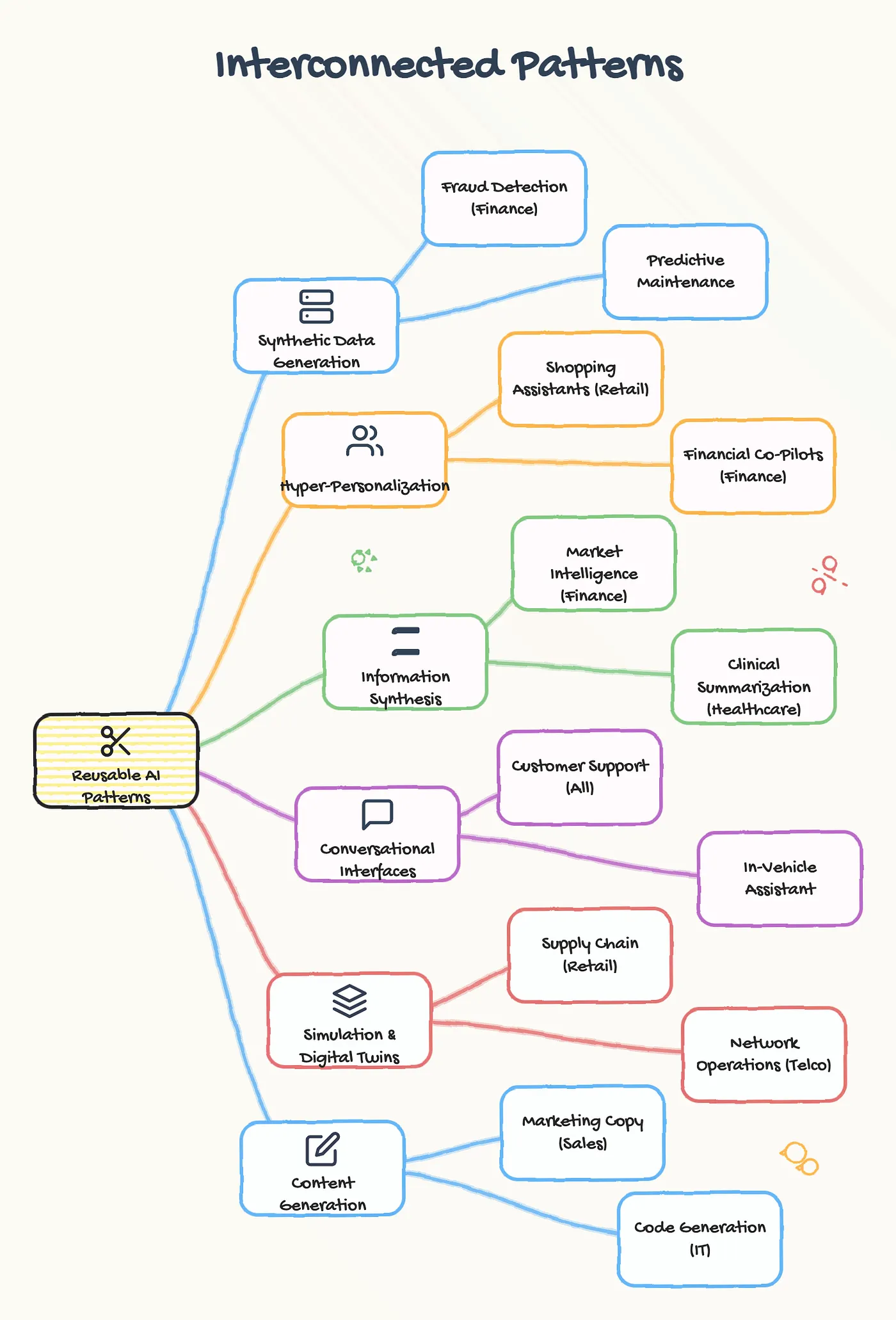
Figure 8: Interconnected Patterns (Image by Author).
Conclusion
A blueprint, no matter how detailed, is not a building. It is a plan, a vision, an invitation to build. What I’ve laid out here is my reading of that plan — a schematic of the interconnected, reusable patterns that I believe will form the foundations of the next generation of enterprise.
But the most exciting part is that the concrete is still wet. The framework is still being built.
This blueprint is an invitation to stop building isolated tools and start designing scalable intelligence. It’s a challenge to look beyond the immediate problem in your industry and ask: “What core pattern are we really trying to solve, and how can we build it in a way that it becomes a foundational asset for everything we do next?”
If you enjoyed the mindmaps in this article, they were created using Mind Maps Generator, an open source tool!
Contacts
If you want to keep updated with my latest articles and projects follow me on Medium and subscribe to my mailing list. These are some of my contacts details:
